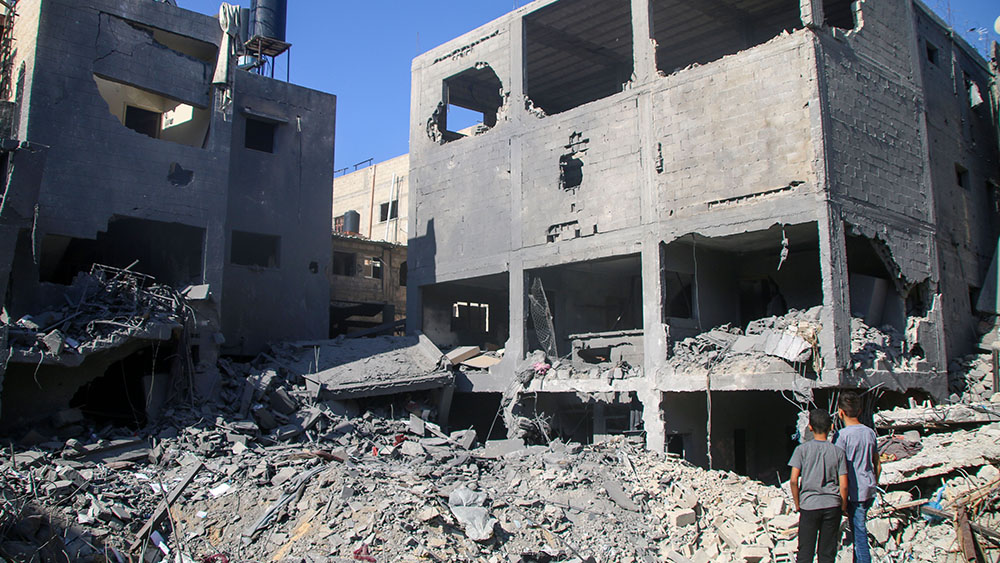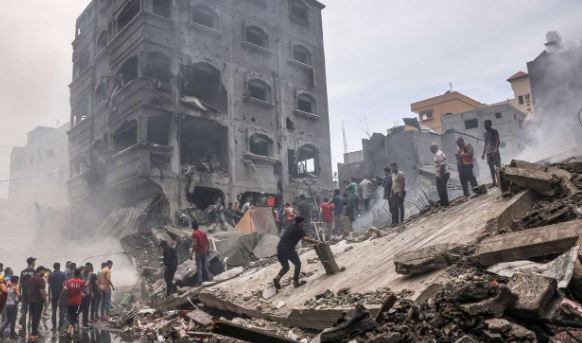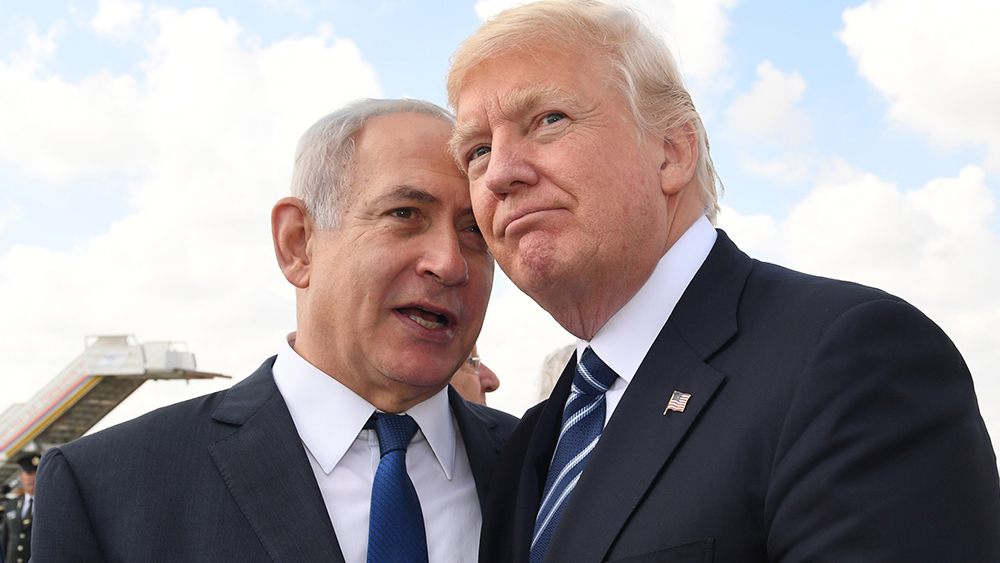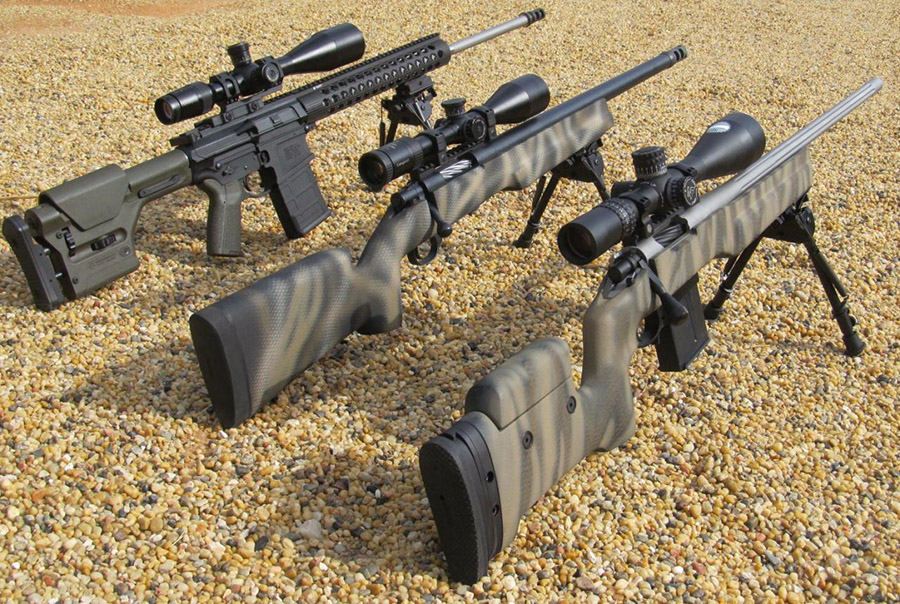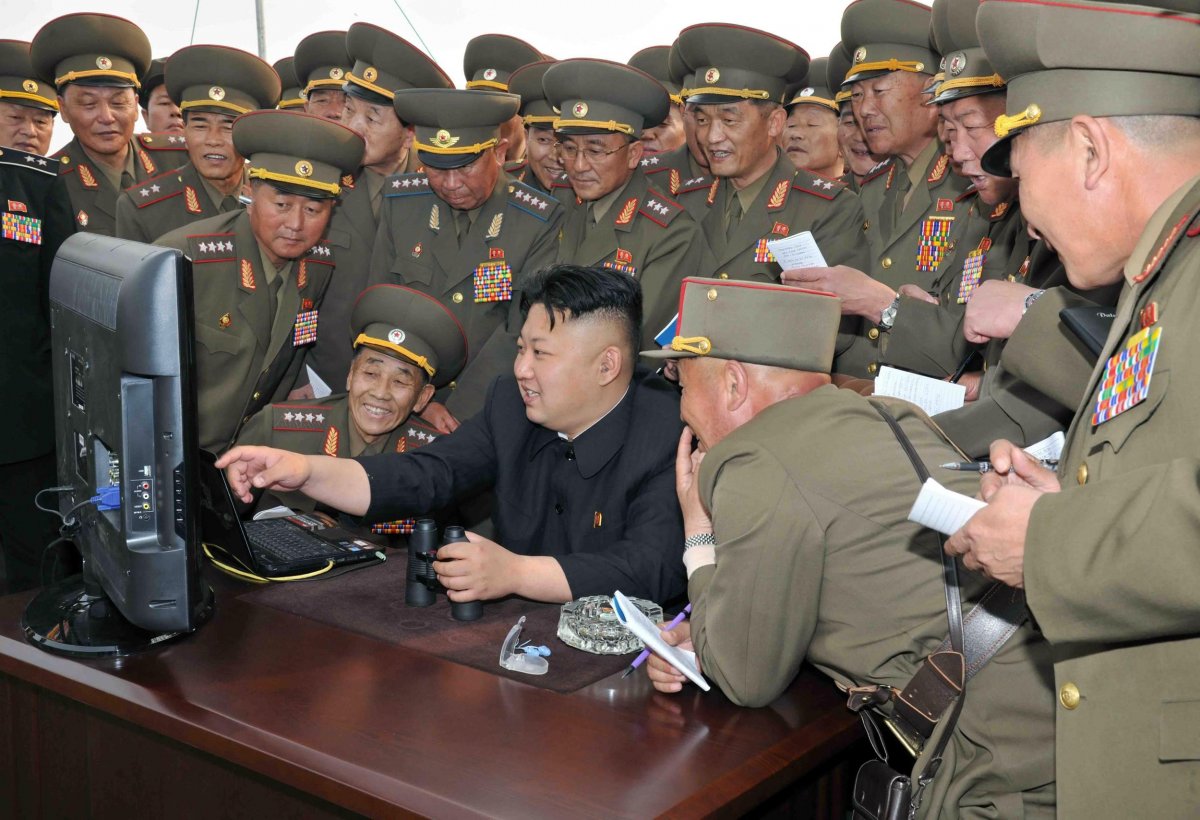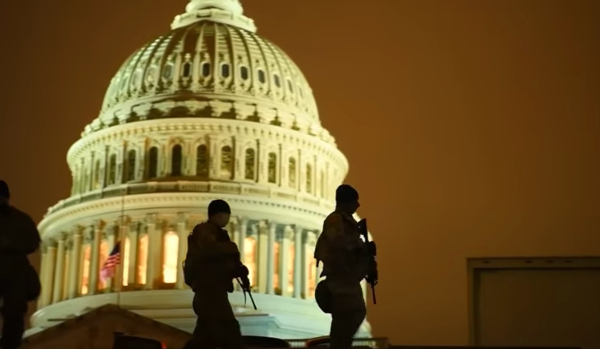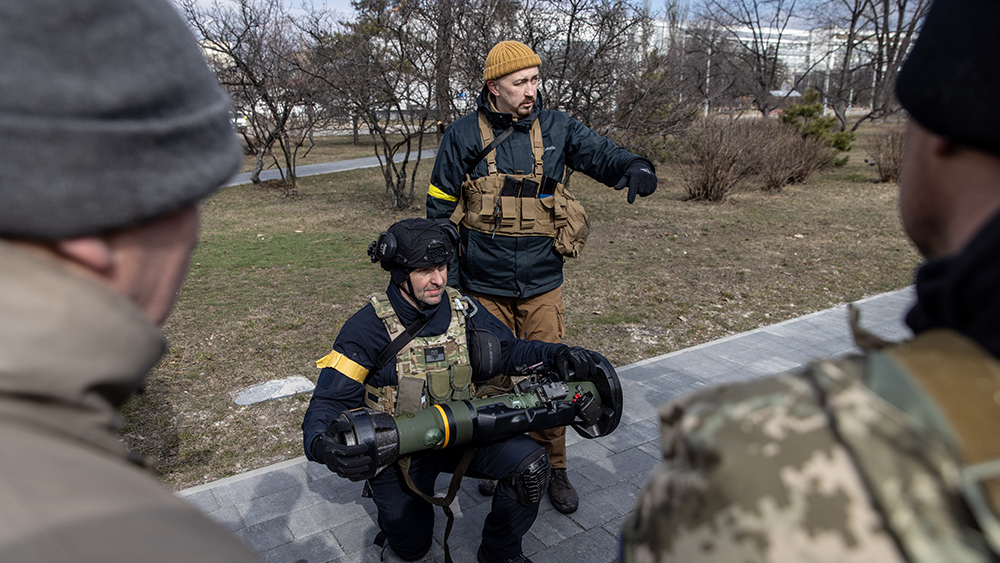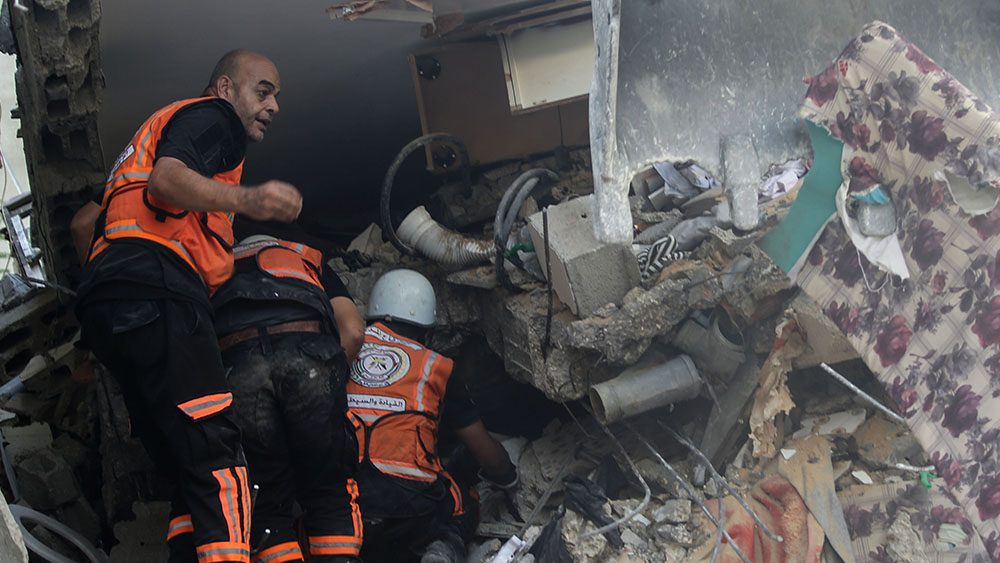Israeli airstrikes target alleged Hezbollah site near Beirut Airport
11/11/2024 / By Richard Brown
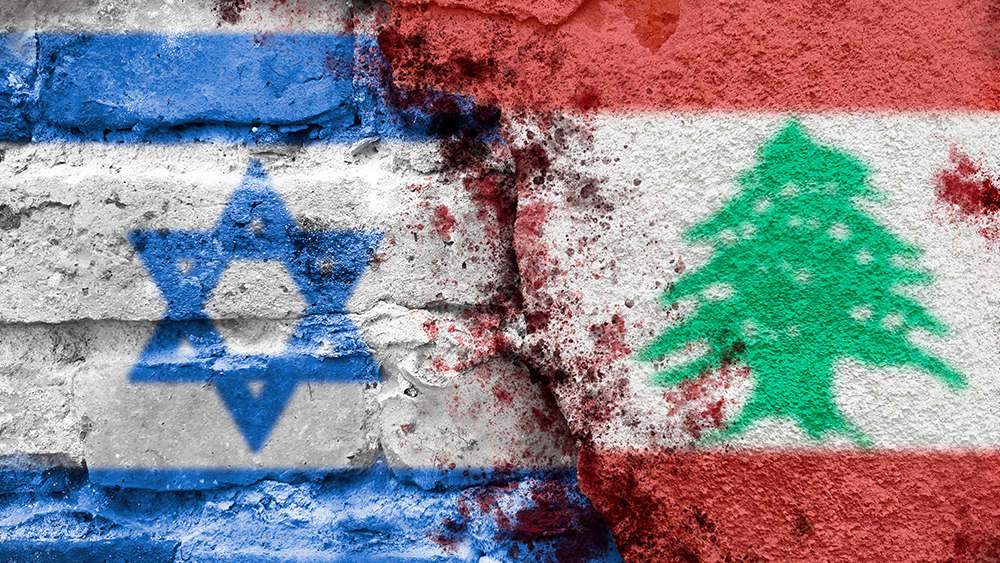
Israeli airstrikes targeted a site allegedly linked to Hezbollah located just yards from the runways of the Beirut International Airport in the early morning hours of Nov. 7.
The strikes hit a building between two runways, reportedly causing several explosions at the site, with footage showing the aftermath of the attack. Social media posts captured scenes of airport staff taking cover inside hangars as the missiles exploded nearby. (Related: Israel resumes airstrikes on southern Beirut.)
The Israeli Defense Forces (IDF) reportedly launched up to three missiles at the facility, which was situated close to Lebanon’s only operational civilian airport. The strikes came after the IDF had issued evacuation warnings to nearby residents, though all scheduled passenger flights had already landed or departed before the attack. Video footage from the scene showed large explosions, and some clips captured the sounds of up to three missiles hitting the target, with airport vehicles and equipment visible in the foreground.
While the strikes near the airport caused significant damage to a maintenance building owned by Middle East Airlines, an airport official confirmed there was no damage inside the terminal. However, a nearby heater factory was severely damaged in the attack.
Lebanese Minister of Public Works Ali Hamiyeh reassured the public that the airport is still operating normally despite the strikes, and planes were able to take off and land without disruption.
Israel claims it is retaliating against Hezbollah rocket strikes
The airstrike occurred after Hezbollah fired more than 120 rockets at military sites in both northern and southern Israel.
In the Israeli kibbutz of Kfar Masaryk, around 14 miles from the border with Lebanon, Hezbollah rockets killed an 18-year-old who was hit by shrapnel.
Rocket strikes triggered air raid sirens across both central and northern Israel. The most damage was reported in the Israeli border settlement of Avivim.
Further south, one of Hezbollah’s rockets struck the ground near the Ben Gurion Airport in Tel Aviv, Israel’s busiest transport hub. While the airport itself remained operational, the strike caused visible damage, including a crater in a car park.
Debris from another intercepted Hezbollah rocket struck a parked car in the central city of Ra’anana, around 12 miles north of Ben Gurion Airport.
Most of the rockets were intercepted by the IDF’s Iron Dome anti-air defense system. However, analysts noted that the ongoing missile fire reflects the continued escalation of the violence since Israel’s ground invasion of southern Lebanon.
In the face of the growing conflict, Israel has been targeting Hezbollah positions along the Lebanese border. The day before its strike near the Beirut airport, the IDF reported the killing of a Hezbollah battalion commander, Hussein Abd al-Halim Harb, who was responsible for several rocket attacks on Israeli towns. The IDF also claimed that Hezbollah’s rocket arsenal has been significantly depleted, now down to about 20 percent of its pre-war capacity.
The violence has extended beyond the battlefield, sparking domestic unrest within Israel. On Tuesday, Nov. 5, protests erupted across Israel after Prime Minister Benjamin Netanyahu fired Defense Minister Yoav Gallant following a breakdown in trust over the country’s handling of military operations. Demonstrations took place in cities like Haifa and Jerusalem, and in Tel Aviv, where protesters blocked highways and lit bonfires.
Watch this clip discussing Israeli missile strikes on Beirut.
This video is from the alltheworldsastage channel on Brighteon.com.
More related stories:
Former Israeli PM Ehud Olmert says Netanyahu is the real enemy – not Iran or Hezbollah.
Local leaders condemn Netanyahu over failure to protect northern settlements from Hezbollah attacks.
Israeli airstrikes in Beirut’s residential area kill 22, injure 117 people.
Sources include:
Submit a correction >>
Tagged Under:
airstrikes, Beirut, Beirut International Airport, big government, chaos, Hezbollah, Holy War, IDF, Israel, Israel Defense Forces, Israel-Hezbollah conflict, Lebanon, Middle East, national security, rocket strikes, terrorism, violence, World War III
This article may contain statements that reflect the opinion of the author
RECENT NEWS & ARTICLES
COPYRIGHT © 2017 NATIONAL SECURITY NEWS



